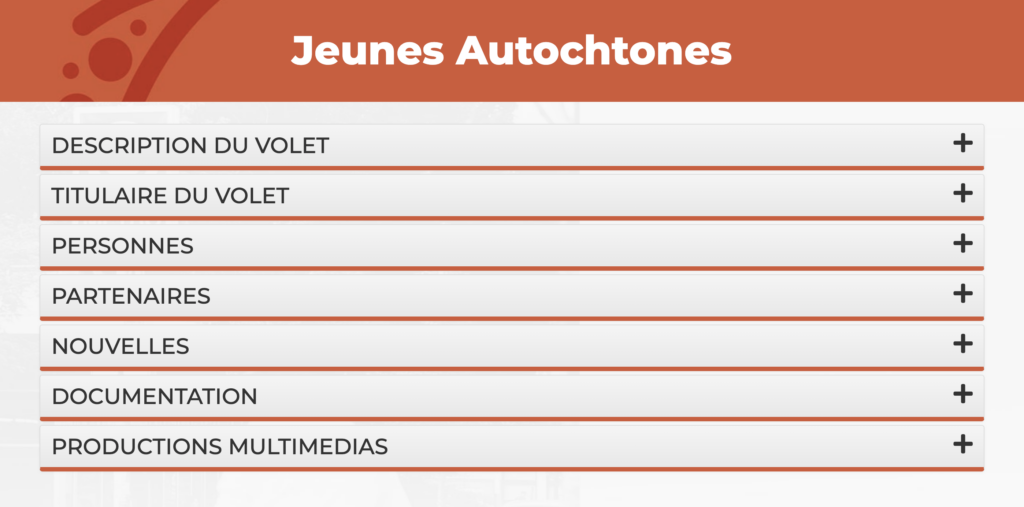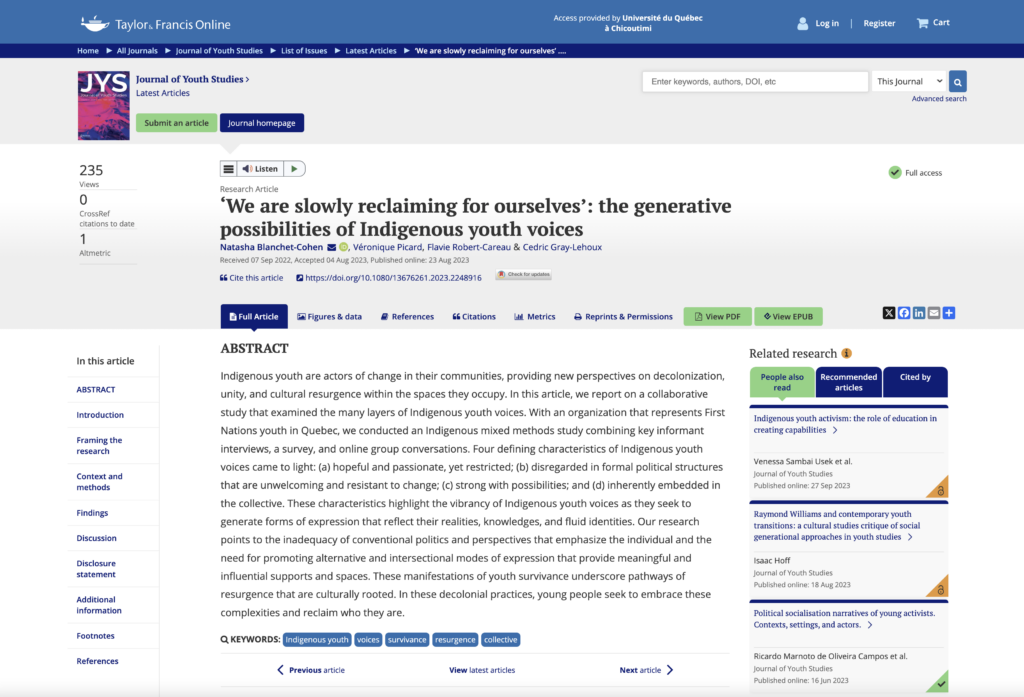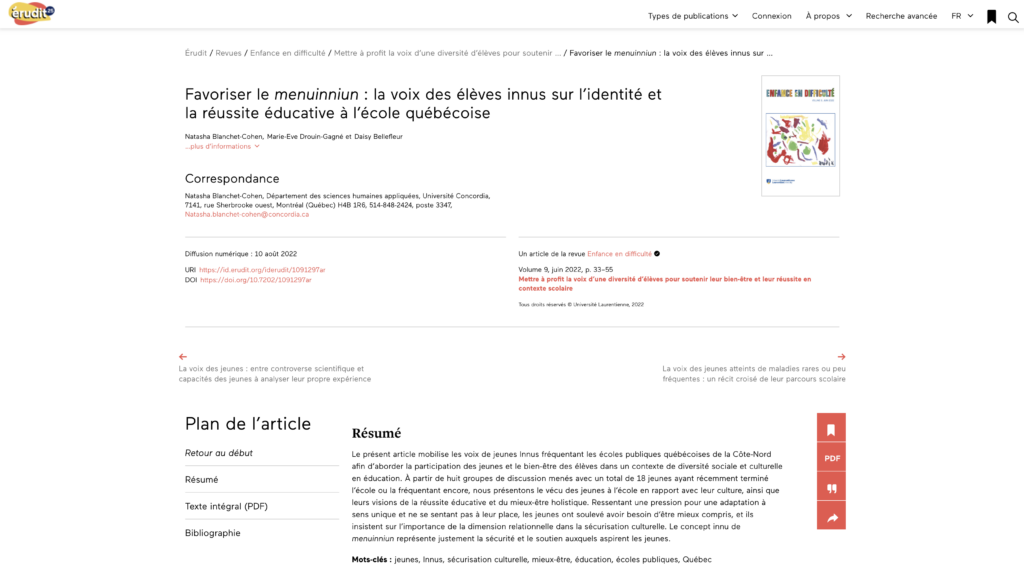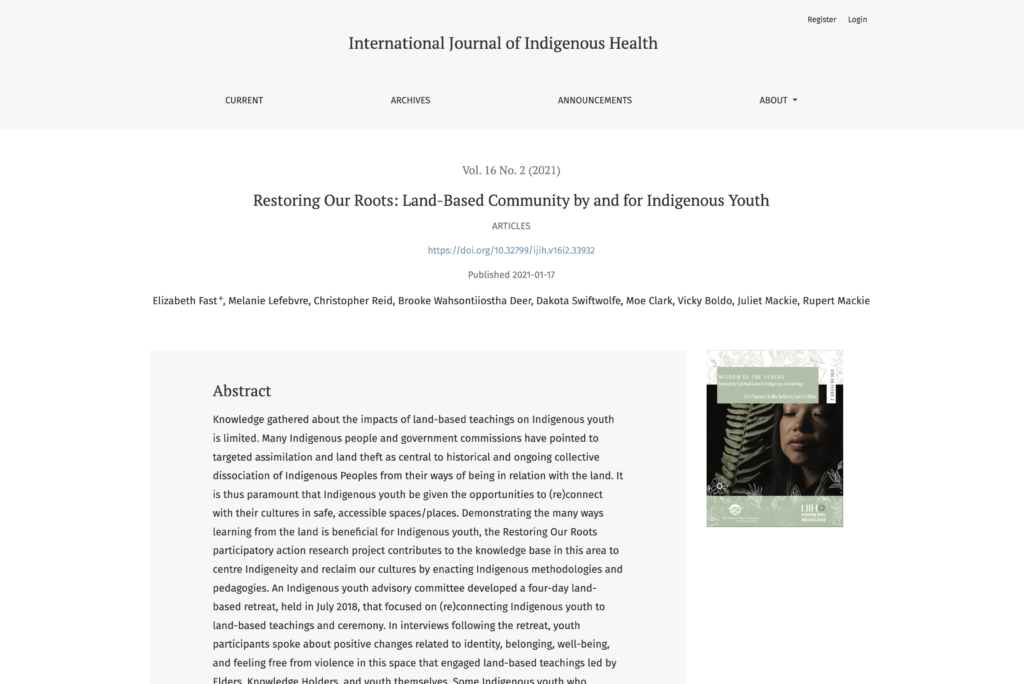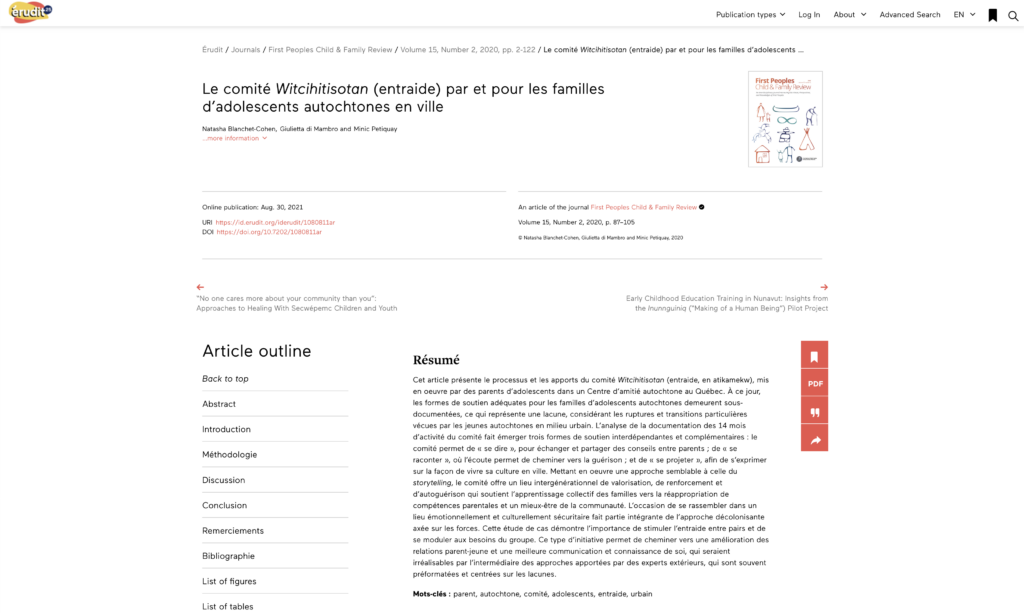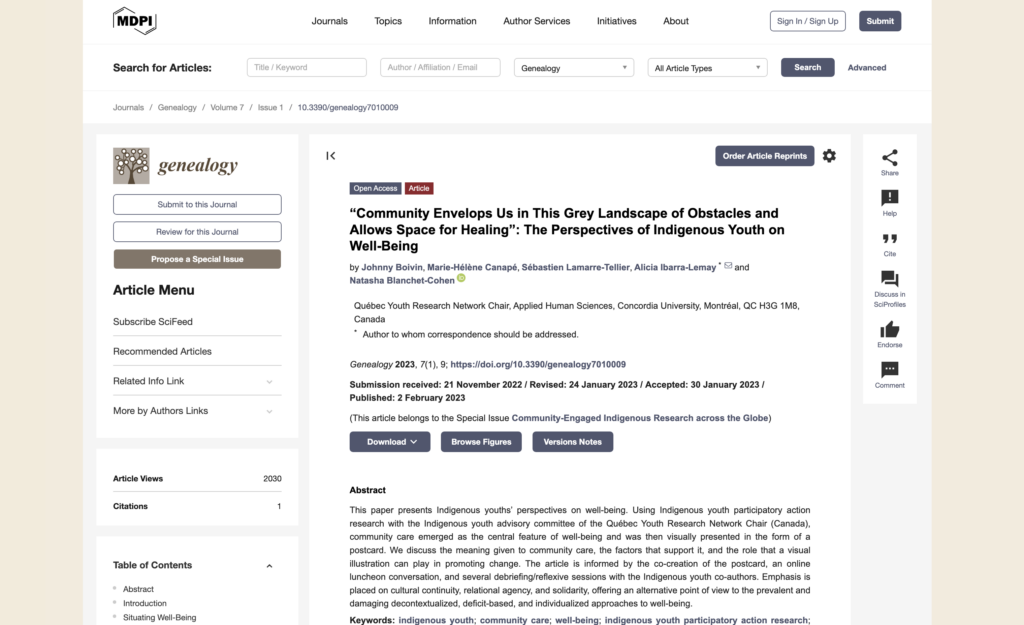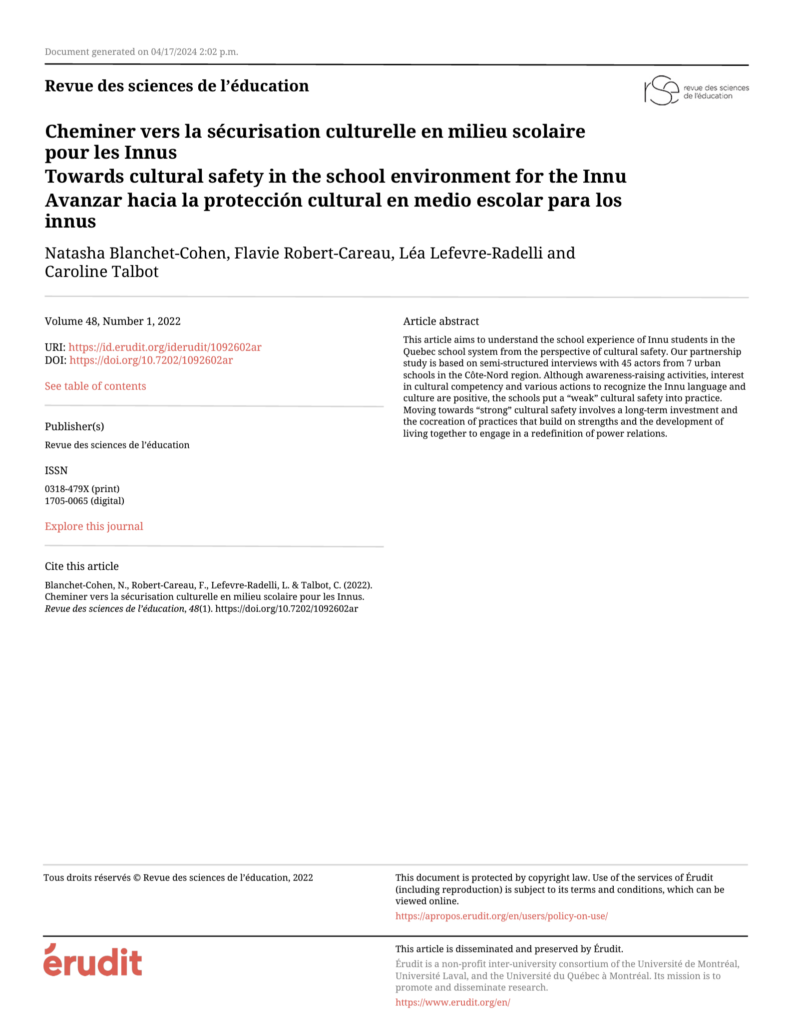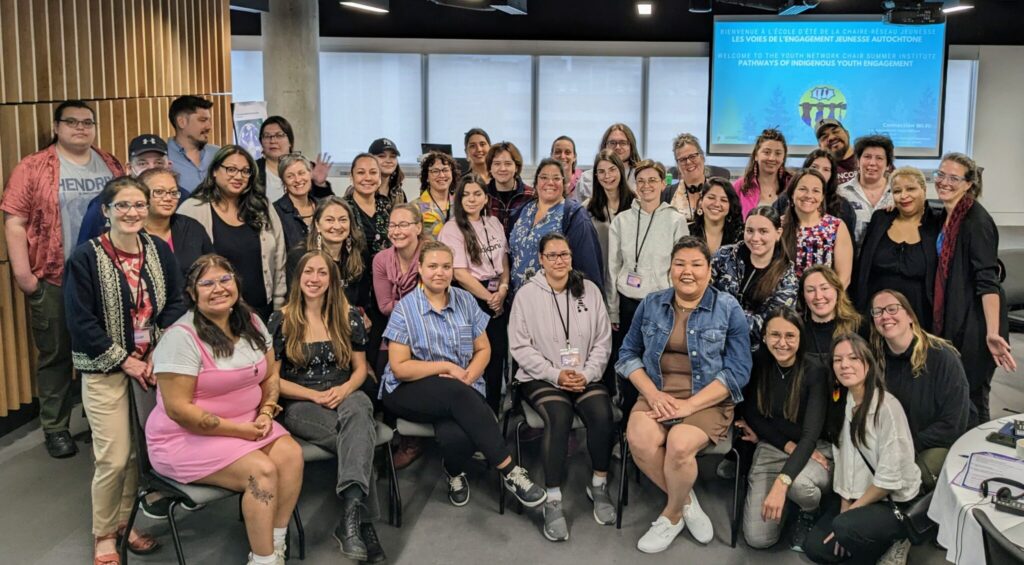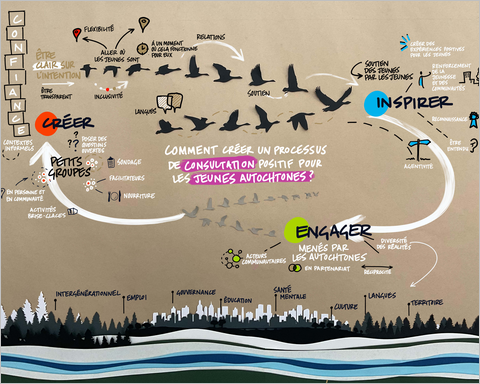Notice bibliographique
Esposito, T., Calwell, J., Chabot, M., Delaye, A., Trocmé, N., Hélie, S. et Fallon, B. (2022). Reunification trajectories in Quebec: Acknowledging chronic family challenges to support stability. Child Abuse & Neglect, 130(3).
Résumé
Background. While family reunification following out-of-home placement is a goal of child protection policy, complex family needs may not be met at the point that child protection systems reunify families. Permanency legislation creating maximum placement timeframes prompts questions regarding what families need to be supported in stably reunifying following a child’s removal from the home.
Objective. We aim to identify clinical risk factors salient for initial placements and placements following a child reunifying with their family to inform successful reunification and improve children’s stability.
Participants and setting. The study includes a representative sample of children in Quebec with a child protection investigation in 2008 (N = 3051) followed for nine years.
Methods. Cross-sectional clinical data from the Quebec Incidence Study (QIS) on Evaluated Child Protection Reports (2008) were linked with longitudinal administrative data from 16 provincial child protection agencies. Canadian Census data (2006) were used to create a factorial index measure for poverty. Chi-square automatic interaction detector (CHAID) decision tree analysis was used to compare risk factors salient for initial placements (n = 1120) with post-reunification placements (n = 455).
Results. For the placement sample (n = 1120), significant factors were: attachment issues, caregiver drug use, child’s suicidal thoughts, child’s self-harming behavior, and academic difficulties. Of the children who reunified with their families (n = 847), over half (n = 455; 54%) returned to out-of-home placements. Certain factors remained significant for placement after reunification: academic difficulties, attachment issues, and caregiver drug use. The CHAID model fit estimates suggest 70.9% (SE = 0.008) accuracy predicting out-of-home placement following child protection investigation and 58.2% (SE = 0.017) accuracy predicting re-placement following family reunification.
Conclusions. Complex needs among families most likely to experience reunification breakdown indicate potential service gaps. When legislated placement timeframes prompt quick resolution of family challenges, these analyses can contribute to policy discussions regarding clinical family challenges that impact stability.
Hyperlien
https://doi.org/10.1016/j.chiabu.2021.105437Publication du membre
Tonino EspositoNico Trocmé
Appartenance aux volets










